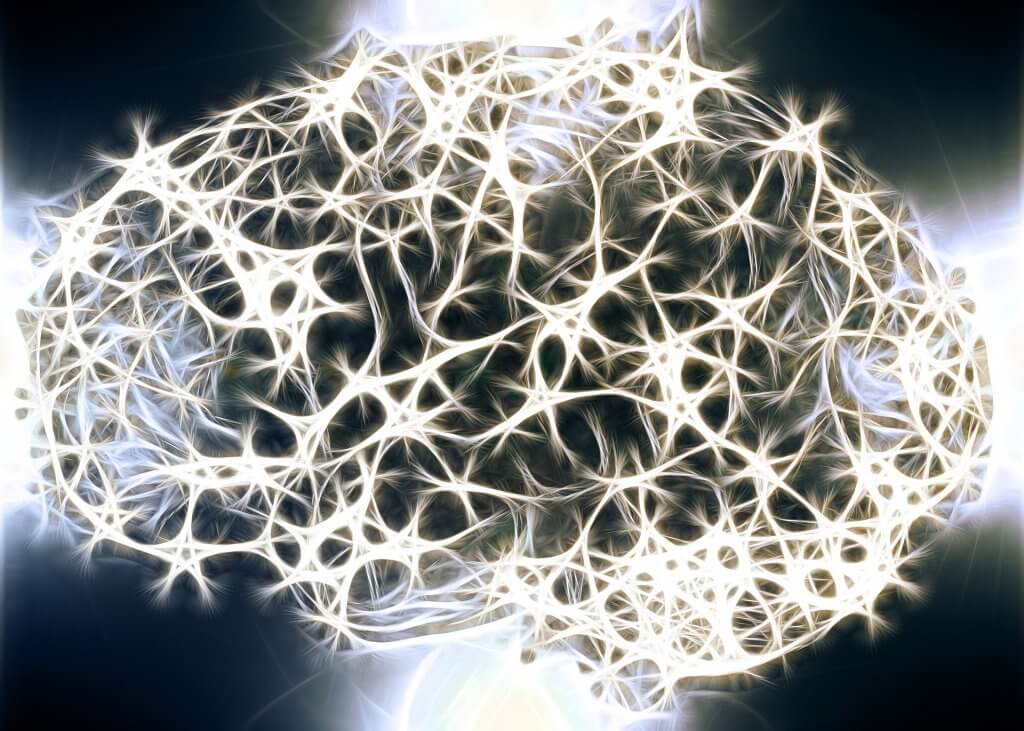The white substance is responsible for the transmission of information throughout the central nervous system, the name it receives is derived from the color given to it by white myelin pods, which causes electrical information to travel quickly from one neuron to another, covering its axons.
In the brain, the white substance is located under the gray substance, which is the cerebral cortex; in the spinal cord, it’s on the outside, covering the gray substance; consists of axons that send sensory and motor information to the corresponding location. Although he was initially assigned the role of disseminating information, he also appears to be involved in other processes.
Specifically, the white substance in the brain hemispheres consists of three different types of fibers:
The spinal cord is the richest section of the central nervous system, is constantly interacting with the peripheral nervous system and is of great importance in sensory and motor functions. The spinal cord is protected by the spine, which is responsible for cushioning shocks to prevent spinal cord injury. The white substance is on the outside, covering the gray substance. The white substance of the spinal cord is organized into three columns: dorsal, lateral and ventral.
Traditionally, the white substance has always been associated with processing speed, but in recent years it has been attempted to associate it with various functions, given the impact of its degeneration on these functions, numerous studies have attempted to clarify the role of the white substance in language, memory or attention.
For example, in children with attention deficits it was observed that a lower volume in the right white frontal substance would correspond to the degree of deterioration in care maintained; significant correlations between white substance volume and memory were also found in patients with Alzheimer’s and mild cognitive impairment, although this degeneration may be secondary to that of gray matter.
Disconnecting the fibers that connect the thalamus to the frontal cortex can interfere with verbal memory and damage working memory. On the other hand, learning and visual memory were related to the parietal and temporal white substance. The correlation between working memory and temporal areas, the white substance parietal and frontal has been documented by several studies.
Diffuse axonal lesions are often the result of traumatic injury with acceleration-deceleration or rotation mechanisms. It is one of the most common causes of morbidity in patients with head trauma, usually caused by traffic accidents. It consists of several focal lesions in the white substance of 1 to 15 mm of characteristic distribution.
It causes an instant loss of consciousness, more than 90% of patients suffering from this injury are in a vegetative state, does not cause death because the brain stem continues to function and is responsible for the vital functions of the body. the injury responsible for most changes in care, memory, speed of treatment and executive changes in moderate and severe traumatic brain injuries.
The mechanical component of trauma produces a stretching, twisting and breakage of the axons and brain capillaries causing a micro-bleeding that, from a clinical point of view, causes confusion, loss of consciousness or coma, depending on gravity, by the interruption of the ascending fibers. The degree of disconnection marks the severity and duration of the coma, in addition to the presence and duration of post-traumatic amnesia.
Neuropsychologically, a diffuse axonal injury alters the ability to learn new things and causes changes in attention, speed of information processing, and executive functions. The alteration of the frontal functions is a constant and is explained by the fact that these functions require the integrity of all corticosteroids. cortical and cortico-subcortical circuits, which are affected.
There are different pathologies that involve the degeneration of the white substance and can have serious consequences at the cognitive, motor and sensory level, one of these pathologies is called Binswanger’s disease, in this disease the external appearance of the brain is generally normal, but the proportion of gray matter to white matter is generally low.
Axons are affected until demyelination occurs. The most common symptoms are slow thinking, memory changes, confusion, apathy and loss of interest in the environment. Walking with short or unstable steps and falls are the first signs of the disease.
Among the diseases that affect the white matter are also leukodystrophies, a group of genetically determined diseases that cause alterations in myelin metabolism, whose most common clinical manifestations are quadriplegia, ataxia, blindness, deafness and cognitive impairment, they evolve gradually and they begin in childhood.
As we understand in this article, white matter is a fundamental part of our nervous system, it is a channel for the information our brain receives, but it is also a communication channel through which the brain controls other organs. The substance in good condition contributes mainly to our attention and the speed with which we perform different cognitive processes, such as decision-making or the acquisition of new learnings.
bibliography
Haines D. E. (2002) Principles of Neuroscience. Madrid: Elsevier España S. A.
Junqué, Carme. (2008). Evaluation of diffuse axonal damage to the brain and brain damage. Writings of Psychology (Internet), 2 (1), 54-64. Excerpt of July 7, 2017 http://scielo. isciii. es/scielo. php?script=sci_arttext
Tirapau-Ustarroz, J. , Luna-Lario, P. , Hernandez-Goi, P. y García-Suescun, I. (2011). Relationship between white support and cognitive functions. (www. revneurol. com, ed. ) Journal of Neurologista, 52 (12), 725-742
Wasserman J. et Koenigsberg R. A. (2007) . Axonale’s injury spreads. Emedicine. com. Recueperado on July 07, 2017, http://emedicine. medscape. com/article/339912-overview

